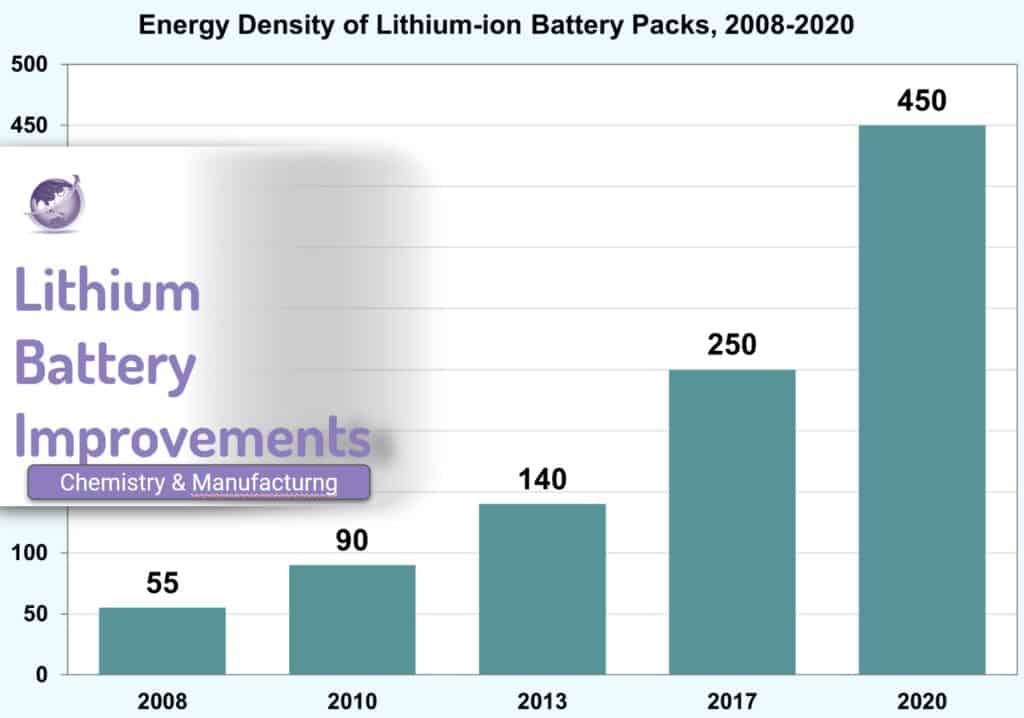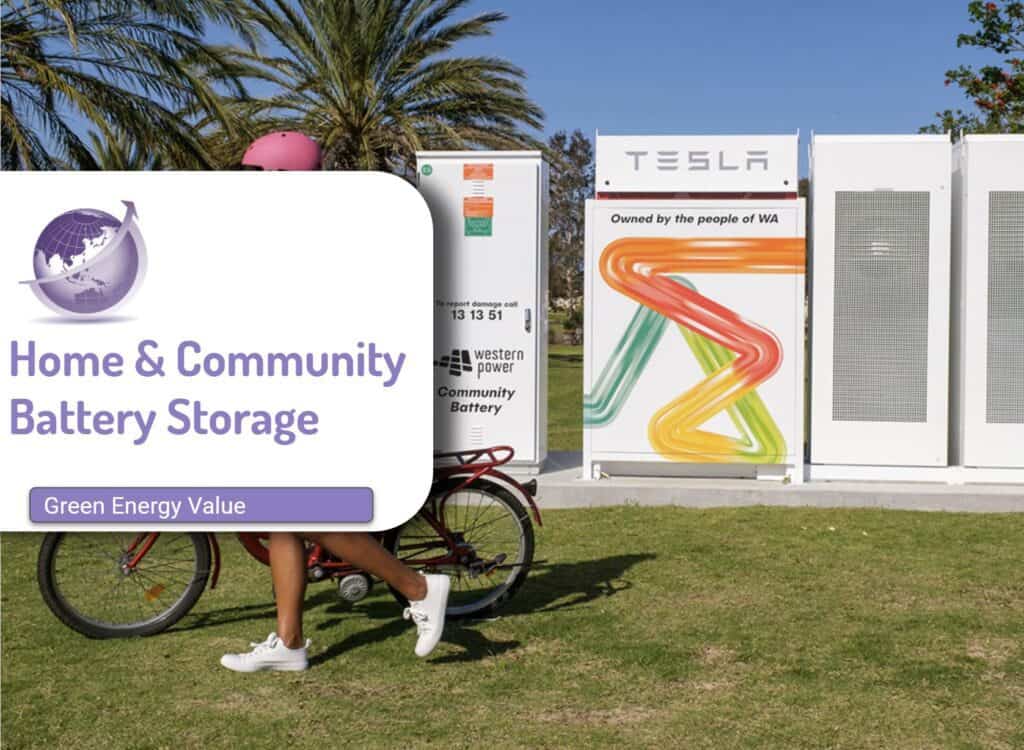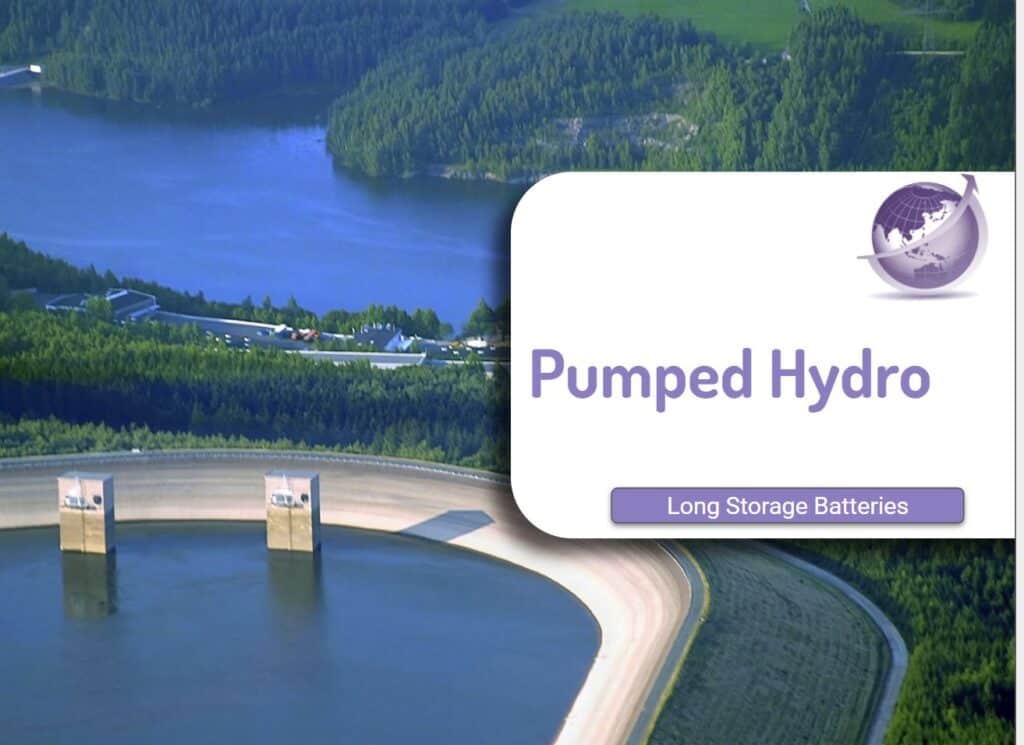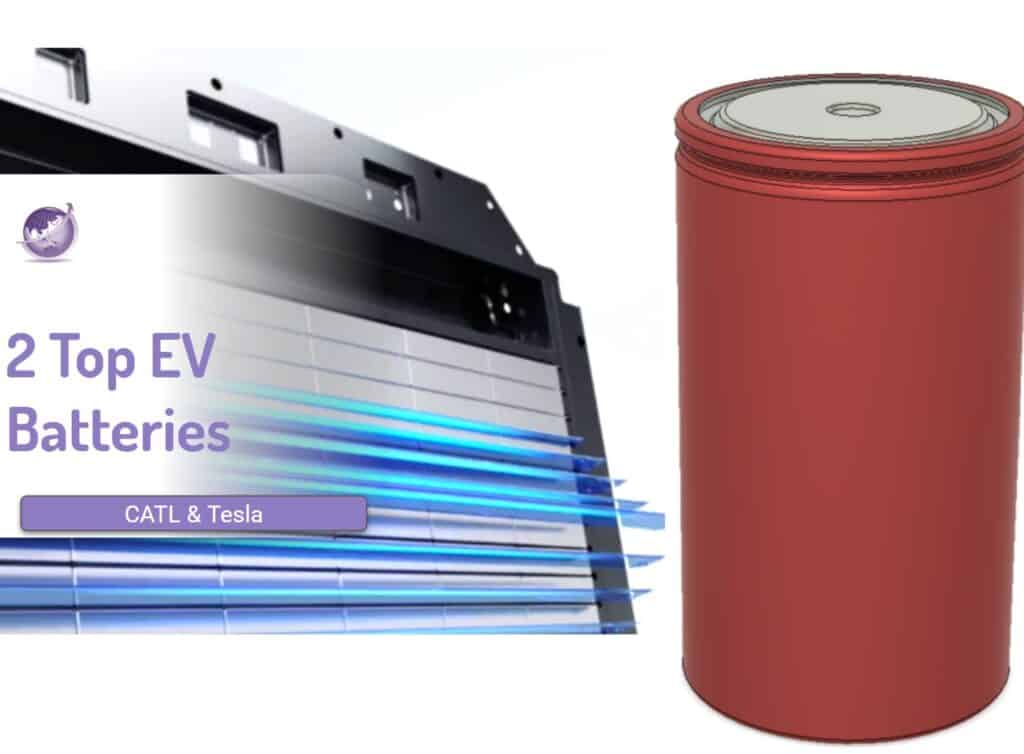Solid-state batteries are the next big thing in battery technology but unfortunately, Toyota’s failure with solid state batteries is clear to see since 2009. Even in 2023, Toyota continues to release announcements now with a prospective launch day of 2027/2028. Three questions remain unanswered
- Why has it taken so long?
- Why have they not used other battery technology to change to fully electric vehicles and not focus on hybrid cars
- Why have they focused R&D on hydrogen fueled cars, FCEV?
Whole Mars Blog was the inspiration to put this down for those not on X and for my own reference.. He has a thread at X at https://x.com/WholeMarsBlog/status/1690272549652008960?s=20
Why Solid State Batteries?
Solid state batteries offer significant improvements over traditional lithium-ion batteries:
- Higher energy density: store more energy in a smaller volume. Critical in electric vehicles where weight = range. They use a solid electrolyte, not liquid or semi-liquid / semi dry.
- Faster charging times: Faster charging time, means less time on journeys.
- Longer lifespan: Cycle lifetime is critical for warranty and for replacement.
- Improved safety: Reduced flammability and lower risk of fire.
Solid State Batteries from Other Manufacturers
Toyota has been beaten to market already by a demonstration by the CEO of the Chinese manufacturer Nio. Nio model ET7 car drove 1,044 km taking 14 hours with an average consumption of 132 Wh/km at an average speed of 84 km/hr. It was not ideal conditions, with the temperature at departure at -2oC. The 360 Wh/kg is supplied by Beijing WeLion New Energy Technology.

Timeline of Inventions
- While development of solid-state batteries dates back to the 19th century, it was not until the 1970s that significant progress began to be made. In 1972, Stanley Whittingham, a British-born chemist, filed a patent for the first lithium-ion battery. This was the first major breakthrough in battery technology in decades.
- In 1980, John Goodenough, an American physicist, discovered lithium cobalt oxide, a new material that could be used to make lithium-ion batteries with a higher energy density. This discovery further revolutionized the battery industry.
- In 1991, Akira Yoshino, a Japanese chemist, invented the first lithium-ion battery with a commercial viability. This battery used a carbon anode and a lithium cobalt oxide cathode. It was a major breakthrough that led to the widespread adoption of lithium-ion batteries in portable electronics.
Toyota Busy With Patents

Problems
Solid-state batteries are still in their early stages of development and challenges include cost, low manufacturing yield, and low cycle times.
Manufacturers
Several companies are developing solid-state batteries, including:
- Toyota
- Samsung SDI
- QuantumScape
- Solid Power
- Panasonic
Litany of Toyota’s Failure for Solid State Batteries
2009

2010

2011

2012

2013

2014

2015

2016


2017

2018

2019

2020
In Dec 2020, Toyota said it was close . A trip of 500 km on one charge. A recharge from zero to full in 10 minutes. All with minimal safety concerns. The solid-state battery being introduced by Toyota promises to be a game changer not just for electric vehicles but for an entire industryPrototype

2021

2022
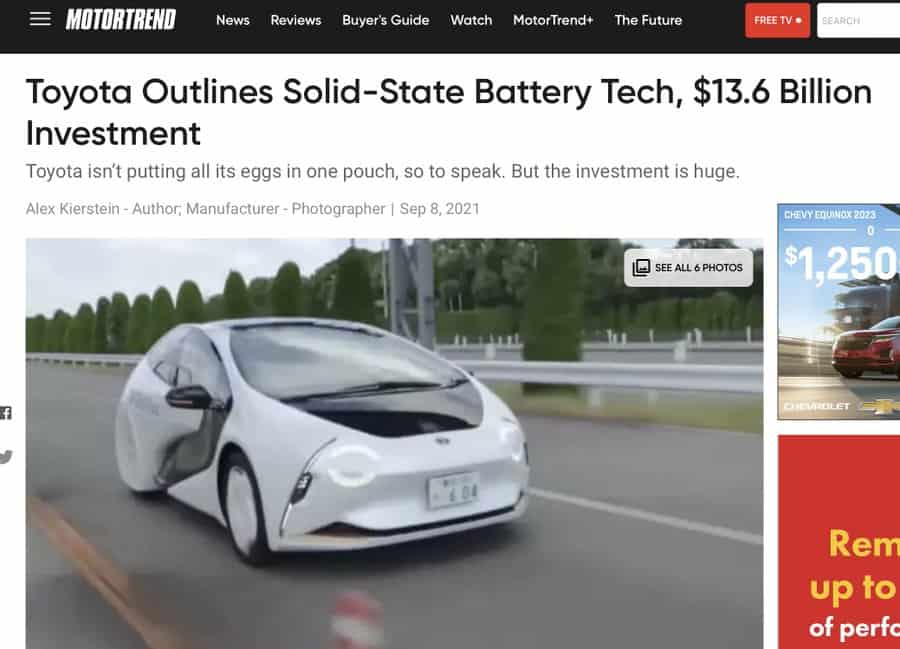
2023
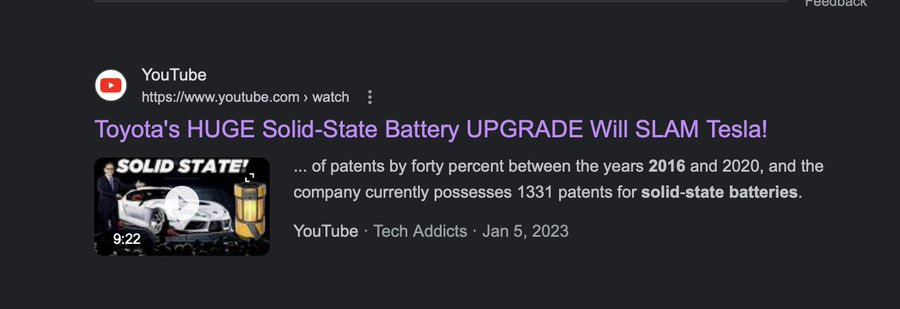
| Article Title | Source | Date of Article | Summary | Link |
|---|---|---|---|---|
| Toyota has promised an EV revolution, but experts have reservations | ABC News | July 13, 2023 | Toyota claims a “technological breakthrough” in EVs, promising longer range and quicker charging times due to solid-state batteries1 | 1 |
| Signal: Toyota dominates solid-state battery patents | Just Auto | Nov 8th 2023 | Toyota and Idemitsu plan to mass produce solid-state batteries, with commercialization planned for 2027-282 | 2 |
| Idemitsu & Toyota Team Up to Create Global Standard for All-Solid-State Batteries | Toyota Times | Nov 9th, 2023 | Toyota and Idemitsu aim to establish a global standard for all-solid-state batteries, with commercialization planned for 2027-283 | 3 |
| What Toyota’s 900-Mile Range Solid-State Battery Means For Future EVs | HotCars | Unknown | Toyota’s advanced solid-state battery could offer a 50% range boost and significantly reduce charging times for future EVs4 | 4 |
2. Signal: Toyota dominates solid-state battery patents – Just Auto
3. Idemitsu & Toyota Team Up to Create Global Standard for All-Solid-State …
4. What Toyota’s 900-Mile Range Solid-State Battery Means For … – HotCars
5. Toyota makes solid-state breakthrough in broader battery evolution …
2024

List of References
- Whittingham, M. S. (1972). U.S. Patent No. 3,735,220. Washington, DC: U.S. Patent and Trademark Office.
- Goodenough, J. B., & Mizushima, K. (1980). Cathode materials for lithium-ion batteries. Journal of the Electrochemical Society, 127(9), 2000-2007.
- Yoshino, A. (1991). U.S. Patent No. 5,000,902. Washington, DC: U.S. Patent and Trademark Office.
- Arora, P., & Zhang, Z. (2009). Battery separators. Chemical Reviews, 109(8), 4404-4436.
- Thackeray, M. M. (2005). Manganese oxides for lithium batteries. Progress in Solid State Chemistry, 33(3), 51-77.
- Tarascon, J. M., & Armand, M. (2001). Issues and challenges facing lithium-ion batteries. Nature, 414(6861), 359-367.
- Kang, K., & Ceder, G. (2009). Battery materials for ultrafast charging and high energy storage. Nature Energy, 1(1), 1-11.
- Manthiram, A. (2017). A reflection on lithium-ion battery cathode chemistry. Nature Chemistry, 9


